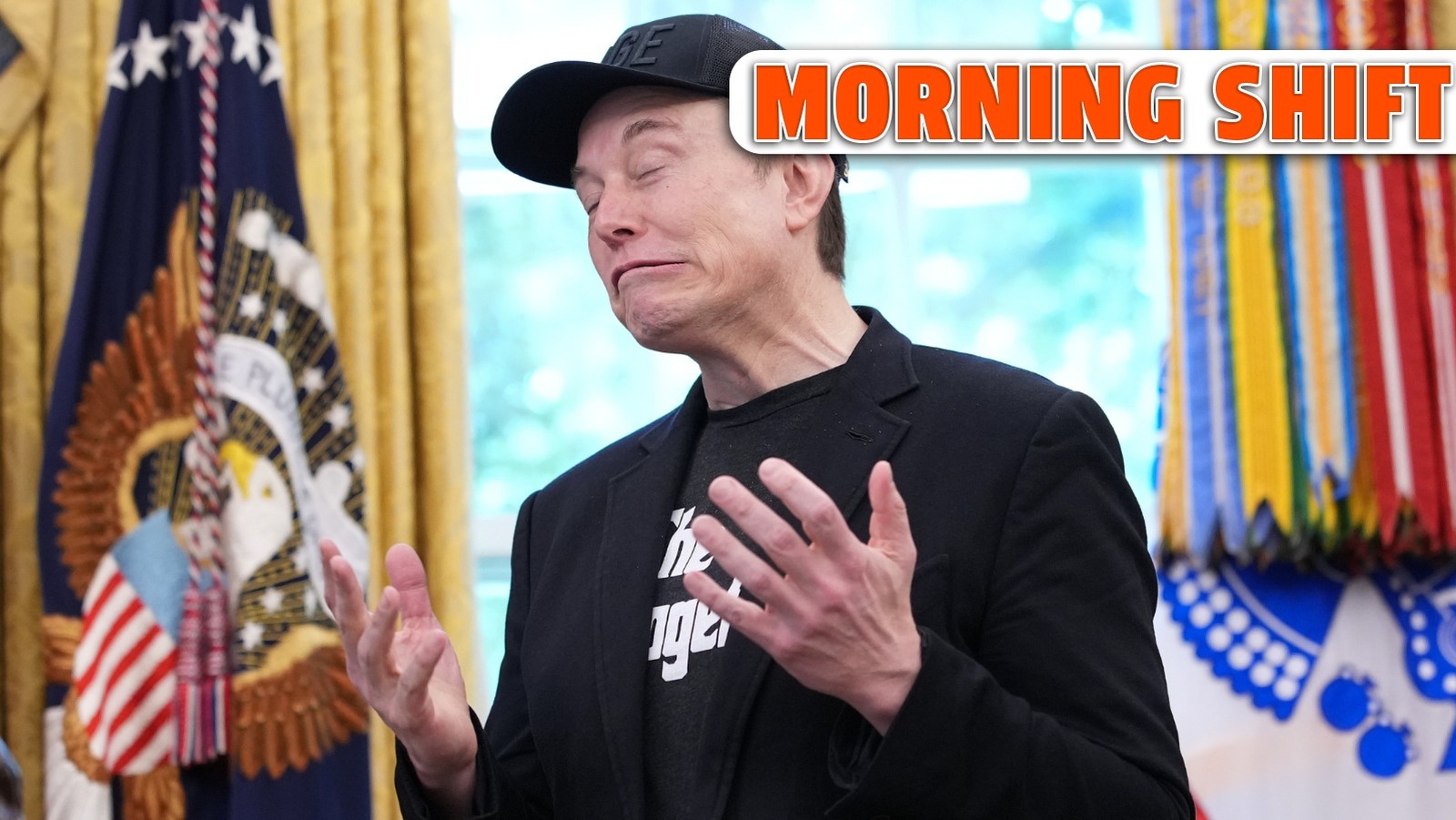What’s Behind Elon Musk’s Record-Breaking Tesla Pay Package?
When news broke that Tesla’s board offered Elon Musk a pay package valued at nearly $1 trillion over the next decade, jaws dropped across Wall Street and Silicon Valley alike. Why would a company put that much on the table for one person, even if that person is Elon Musk? The answer lies in Tesla’s high-stakes bet on growth, innovation, and the unique role Musk plays in the company’s future.
Tesla’s board structured the deal as a series of performance-based milestones, not a simple salary. Musk only gets paid if Tesla hits ambitious targets—think market capitalization, revenue, and operational goals that most companies would consider moonshots. According to Bloomberg, if Tesla’s market value hits $650 billion and Musk meets all operational benchmarks, he’ll unlock the full package. For context, Tesla’s market cap hovered around $600 billion in early 2024, so these aren’t pie-in-the-sky numbers, but they’re hardly guaranteed.
The rationale? Investors and board members see Musk as the driving force behind Tesla’s meteoric rise. Without him, many fear the company could lose its edge in the increasingly crowded EV landscape. It’s a calculated risk: keep Musk motivated and focused, or risk losing the visionary who’s made Tesla a household name.
How Do Such Massive CEO Pay Packages Affect Regular Investors?
It’s easy to look at a trillion-dollar pay package and wonder if shareholders are getting the short end of the stick. But here’s the twist: Musk’s compensation is entirely tied to Tesla’s performance. If he wins, shareholders win too. The package is designed so Musk only benefits if the company’s value skyrockets—meaning regular investors see their shares rise as well.
That said, some governance experts have raised eyebrows. According to a 2023 report from the Harvard Law School Forum on Corporate Governance, oversized CEO pay can sometimes lead to misaligned incentives or public backlash. But Tesla’s approach is different from the norm. By tying compensation to aggressive growth targets, the board aims to keep Musk laser-focused on long-term value creation, not short-term stock bumps.
Still, there’s a broader conversation here about income inequality and executive pay. Some investors worry that such packages set a precedent, making it harder for other companies to justify more modest, sustainable compensation plans. The debate isn’t going away anytime soon.
What Does Lowering Tariffs on Japanese Cars Mean for US Drivers?
On the policy front, President Trump’s recent executive order to lower tariffs on Japanese-made vehicles has sent ripples through the auto industry. For years, tariffs have made imported cars—especially those from Japan—more expensive for American buyers. The new order aims to change that, potentially lowering prices on popular models from Toyota, Honda, Nissan, and others.
Industry analysts at Kelley Blue Book estimate that the average cost of a new Japanese car could drop by 5-10% if the tariff reductions are fully passed on to consumers. That’s real money for families shopping for reliable transportation. Dealers are already reporting increased interest in Japanese models, anticipating that lower prices will boost sales.
But it’s not all upside. Domestic automakers face stiffer competition, which could pressure them to innovate or cut costs. Some labor unions have voiced concerns about potential job losses if US manufacturers lose market share. It’s a classic case of trade-offs: cheaper cars for consumers, but new challenges for American factories.
How Are These Moves Shaping the Future of the Auto Industry?
Both Musk’s pay package and the tariff changes reflect a broader shift in the auto industry—toward bold bets and global competition. Tesla’s board is wagering that keeping Musk at the helm is worth almost any price, especially as legacy automakers and new startups race to catch up in electric vehicles. Meanwhile, the US government’s move to lower tariffs signals a willingness to embrace more open markets, even if it means shaking up the status quo.
The result? An industry in flux. We’re seeing faster innovation, more choices for consumers, and a renewed focus on leadership—whether it’s a visionary CEO or a government willing to rewrite the rules. For car buyers, the next few years could bring better deals and more exciting options. For investors and workers, the landscape is less certain, but full of possibility.
The big takeaway? Navigating the auto industry’s future isn’t about perfection—it’s about smarter adjustments. Start with one change this week, and you’ll likely spot the difference by month’s end.


